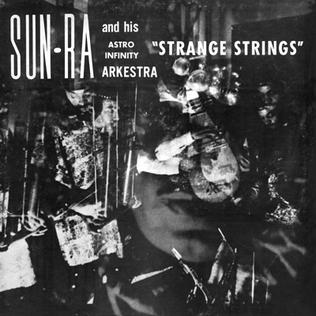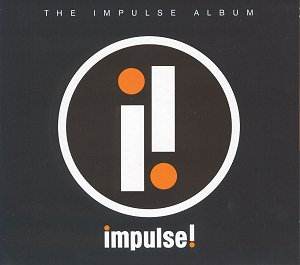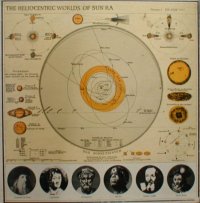 Here's an album I've rather dreaded coming to. As we proceed through Sun Ra's catalog we're going to find a LOT of live albums. In general, the strength of the album is going to depend on the originality of the set, the line-up that night, quality of improvisation, and recording quality.
Here's an album I've rather dreaded coming to. As we proceed through Sun Ra's catalog we're going to find a LOT of live albums. In general, the strength of the album is going to depend on the originality of the set, the line-up that night, quality of improvisation, and recording quality. As these live albums start stacking up into a truly significant pile, we're going to have to start being truly critical. I say all this because Nothing Is (1966) is both historically important due to its early and wide distribution, and consequently, dearly loved by all.
Unfortunately that doesn't make it a really solid live album. For instance, I'm currently listening to another live album from 66, 'Outer Spaceways Incorperated' ('Spaceways' in the 'Calling Planet Earth' box) and can say that here at least we hear some material that really can't be heard elsewhere, essentially filling the void of another studio album. Nothing Is has about 20 minutes of original material (at least on my old ESP CD version), augmented by the fantastic Shadow World and lots of 2-3 minute long tracks (recaps of the arkestra favorites.) All of this is buried in a recording that lacks any semblance of dynamic range or separation.
Well let's get down to it. Nothing Is consists of three major tracks, of which Dancing Shadows and Exotic Forest can, to my knowledge, be heard nowhere else. I really dig Exotic Forest and it is worth the price of admission. For some reason, the more recent releases reversed Side A and B (at least, as it appears on my copy) and adds two tracks. My review here is based on the older version.
Dancing Shadows features some great playing by Ra; not far in it becomes a sort of swinging big band affair, but without much substance to chew. The low end percussion that so often defines Ra's music is either inaudible or not present. There's definitely some hard bop here as the piece winds up, but there's just not enough in this track to make it shine for me. The final harmonies/modality/whatever are pretty cool though.
Exotic Forest brings us back to Nubians. The melody is carried through the percussion (which is played by multiple musicians with various layers) while wind instruments improvise Egyptian melodies. Sun Ra doesn't appear on piano until the very end. Why no electronics?
When all is said and done, this recording just doesn't go far enough out for me. Is it in part because the album lacks any real dynamic range or is it because there's no sense of coherence. There's nothing wrong with Nothing Is, but there's also nothing that hasn't been done better elsewhere. Perhaps ESP saw value in a more conservative approach, not wanting to chase off new fans. It's so hard to say at this late date.
I suggest a radical view regarding one of Ra's most celebrated titles: Modern Sun Ra fans don't need it. In an age where something like 2/3rds or more of all the 'official' releases by Sun Ra are actually in print, Nothing Is makes little sense. Like other live albums, Nothing Is feels like 'just more' and not 'something new.' That doesn't mean there aren't great cuts and that Sun Ra fans should go without it, but rather that it its relative popularity among Ra's oeuvre feels unjustified. Save this one for later when you're looking to fill out your collection.








